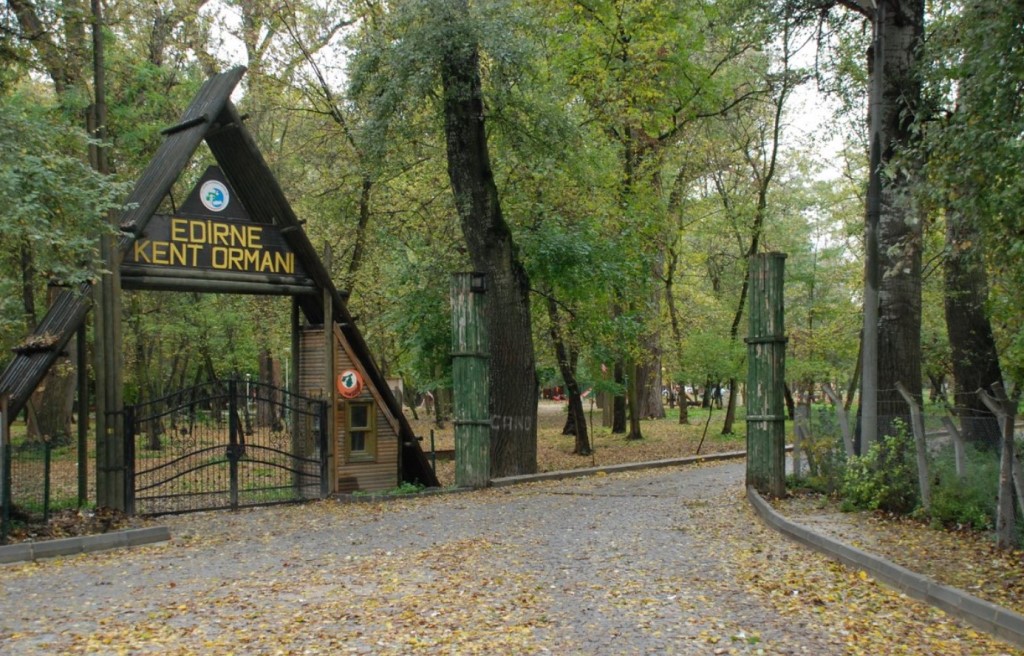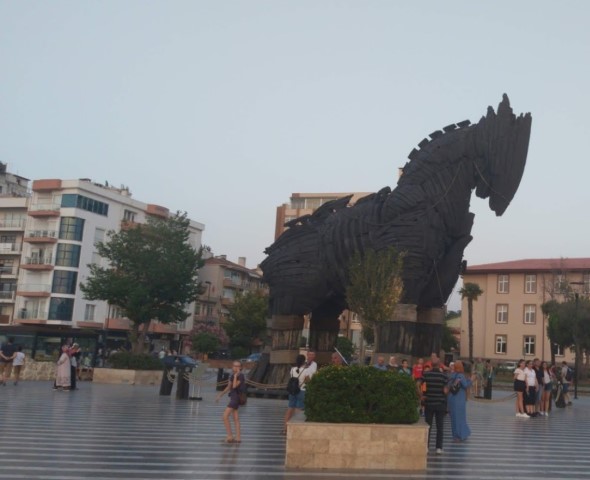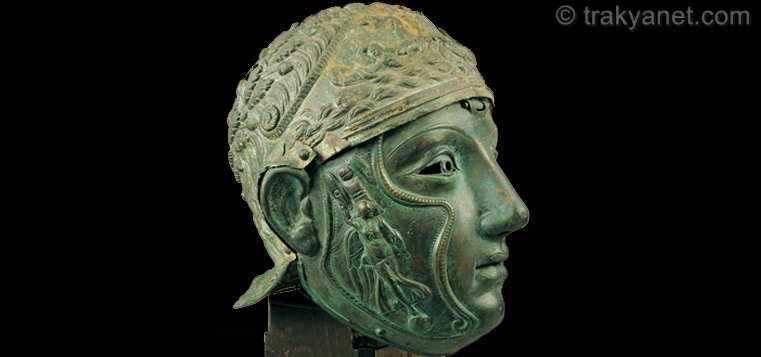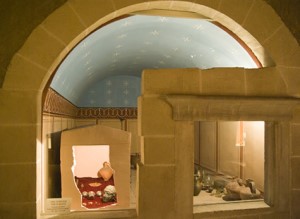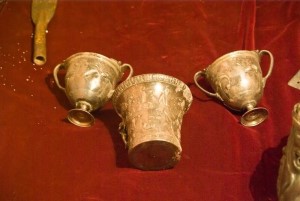Thracian Traces Around Vize
Among the numerous archaeological artifacts scattered around Vize, which holds a significant place in Thracian history, the numerous tumuli scattered across the Vize plain are particularly noteworthy. Some of these were opened in 1938 and 1939, and others were plundered in various ways, leaving no trace of scientific evidence. Tumuli exist in locations other than those on the plain within the borders of the Vize district. Naturally, among these tumuli, there are others awaiting scientific investigation. Not all tumuli contain burial chambers, and some show traces of cremation and horse bones. These tumuli, described as horse graves, are essentially extensions of the ceremonial and sacrificial sites associated with the Thracian Orphic religion. Along with the sacred horse purification ritual, cremation ceremonies played a significant role in rituals designed to support the forces of the universe and serve rebirth. Indeed, the tumuli themselves, as an extension of Orphic ceremonies and beliefs, were a symbol of the Chthonic worldview on Earth. At this point, it is possible that the cave churches used in the Byzantine period in the valley behind Vize originate from the Thracians and are related to Orphic burial traditions and rituals.
In addition to these, megalithic monuments found in various parts of Thrace are also related to these Orphic rituals and are notable as altars where Thracian priests, who loved high places, performed rituals and offered human and animal sacrifices. Along with these megalithic monuments, caves are among the most important elements of Orphic religion. While it is known that the victims were generally horses and women, it is understood that men were also sacrificed. /Herodotus IX-119/. Cenotaph burials, which appear as empty tombs, are also related to these sacrificial rites and are an extension of the Orphic Zagreus cult. Finally, fire and burning are fundamental to the Thracian Orphic thought and were important tools of purification. We believe that particular attention should be paid to these religious traces of the Thracians living in Vize, and that this region, where sarcophagus fragments have been found, should be examined, especially considering it as a Thracian cult center.







